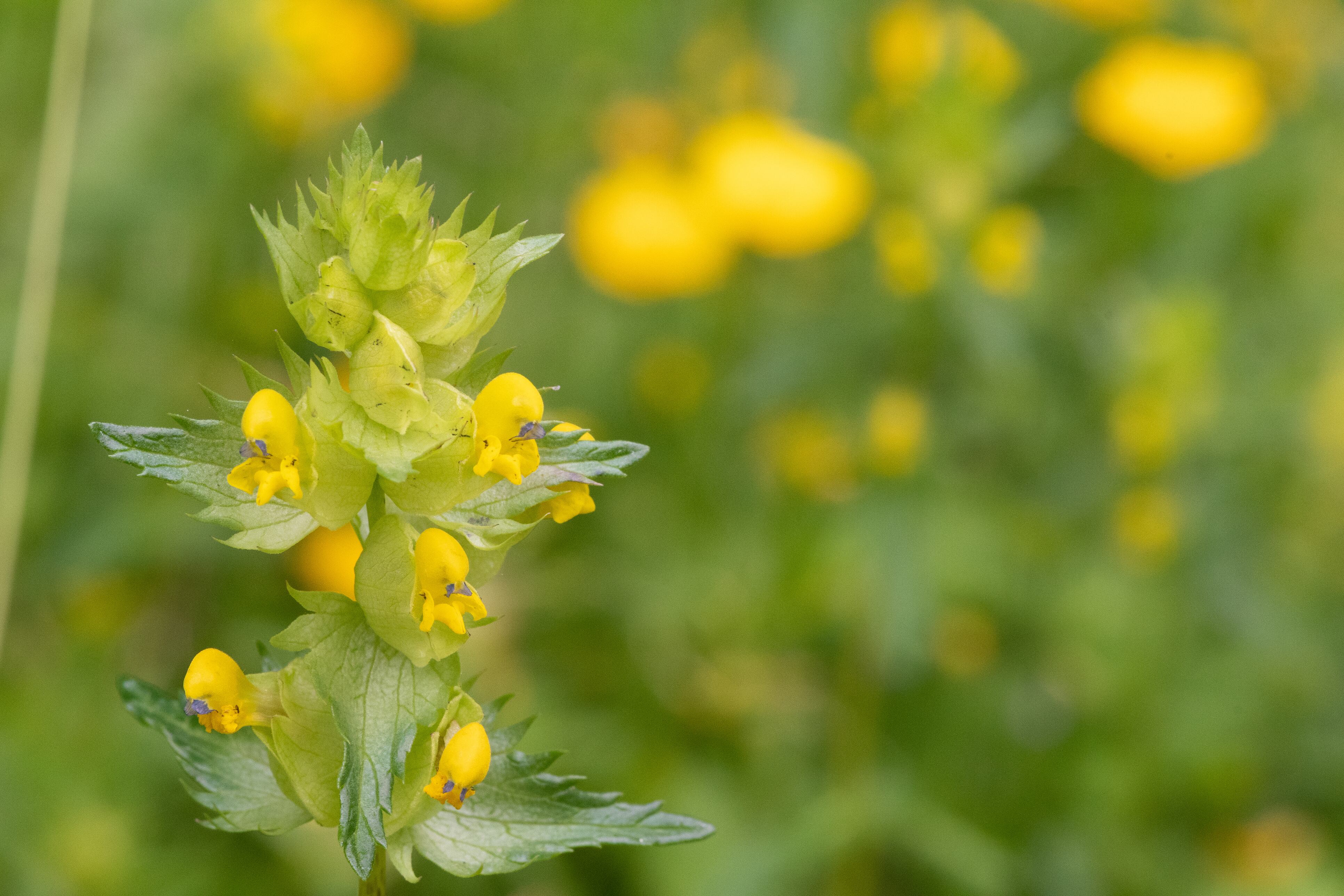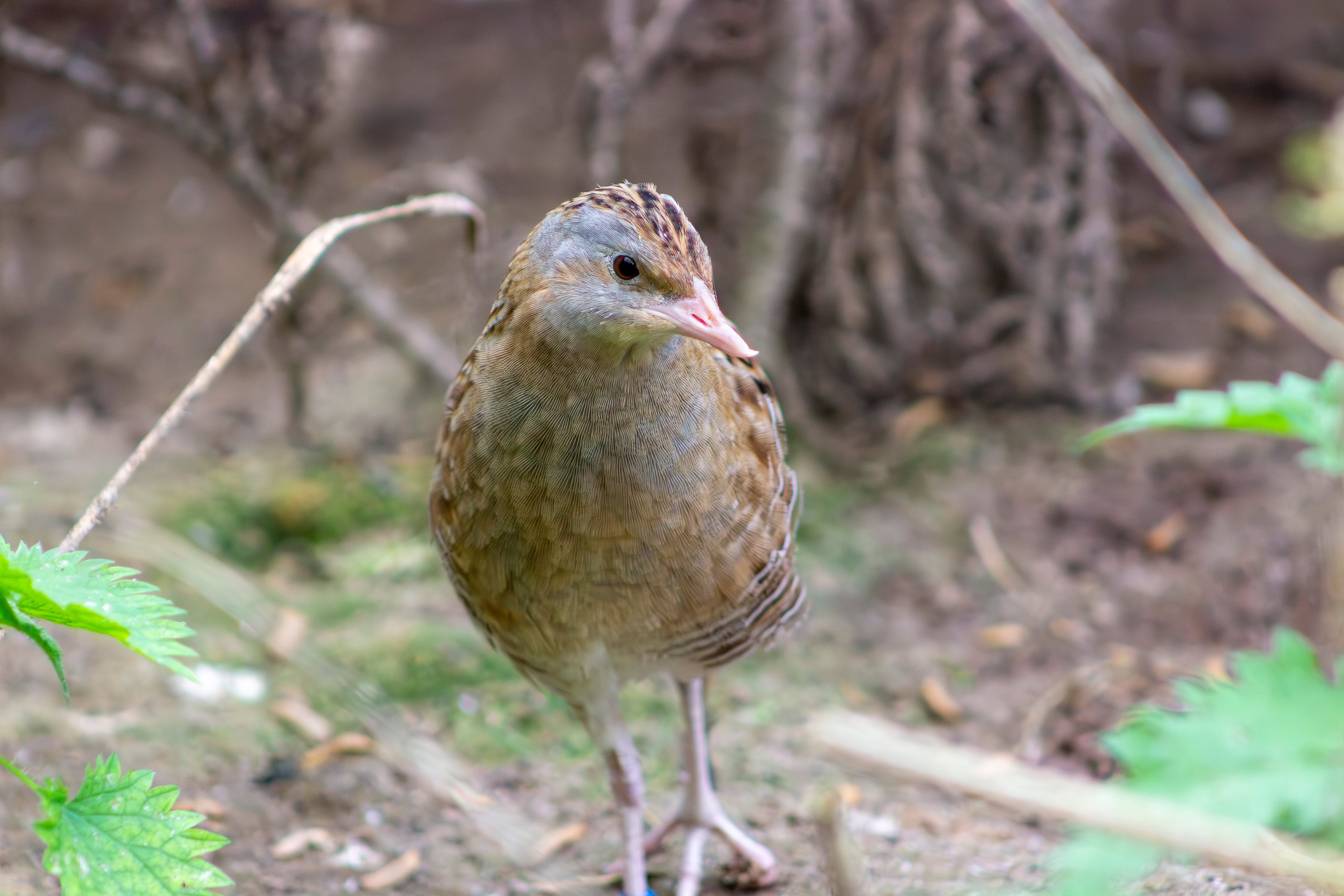One evening a few years ago, while searching for barn owls in a derelict castle in Galway, I came across a jackdaw nest which must have dropped down an old chimney shaft. The heap was reminiscent of the classic Mikado Pick up Sticks board game; an enormous mound of brown wooden sticks clipped at each end and cleverly laid down in a criss-cross pattern to maximise strength. Inside was a soft cup of material gleaned from the surrounding fields – grasses, mud, sheep’s wool and cow and horse hair – and it was in this snug layer that the powdered blue speckled eggs were encased.
On the roof of my house the jackdaws are back on an old chimney pot we keep open for them. The pair make their presence felt during the colder months, but they move in full-time around March to claim and defend their spot and renovate the nest. They take what they can find around the local parks, streets and gardens.
A tall silver birch nearby is a favourite; watching the birds hack branches off the tree only to lift them up to the nest is impressive, not least because the twigs can be substantial in size and weight, yet the birds instinctively know how to balance them between their stout bills so they can fly.
Watching them bring endless materials to their nest reminded me of a report from England about a pair of jackdaws who built a 10-foot sloping tower of sticks in the belfry turret of Eton College and placed the warm nest on top. “The most astonishing feature,” said a reporter in The Times, “is the mathematical arrangement with regard to the centre of gravity on which the column is raised.” A tin box was found in their nest, an example of their insatiable fondness for shiny things. (The scientific name for jackdaw, Coloeus Monedula, is derived from the Latin “moneta’, money.)
READ MORE
They’re smart looking birds, resembling undertakers, with dark legs, glossy black plumage and a silver-grey nape. If they land on my windowsill, and I remain still, they’ll cock their heads and stare at their reflection. Juveniles have stunning Cillian Murphy-esque blue eyes, which fade into pearls of silver as they mature into adults.
Just like others in the crow family jackdaws are capable of remarkable cognitive feats. Their brain size is small in absolute measure, but they have some of the largest relative brain sizes among birds. They’ll hide food in different locations for later use and can remember where they left each bit.
They can also recognise human faces and respond to our expressions. A few years ago researchers from Charles University in Prague examined the brains of 28 species of birds, from jackdaws to starlings, and counted the numbers of neurons. Jackdaws had some of the highest densities of neurons, along with songbirds and parrots, and it suggests that the computing power of their brains may be comparable to that of primates. Having a “bird brain” is no bad thing after all.
Like all jackdaws my pair mates for life. They are so faithful that they even stay together during the winter, unlike other bird species who often take a long break from each other during the cold months. They incessantly chat with a metallic, staccato “tchack! tchack! tchack!” call, and possibly to reinforce their close bond they will often bounce up and down along the apex of the roof before settling side by side to preen each other’s neck feathers. Occasionally a third adult jackdaw joins them – perhaps an unpaired female who loiters in the hope of a split between the couple – and the pair seem okay with the company.
But if another pair turns up and attempts to take over the nest site, or a pesky grey squirrel tries its luck, the noise escalates, and a raucous, bickering fight will begin. Jackdaws may be the smallest in the crow family but they have no problem asserting dominance. They often squabble with barn owls over nesting sites, but despite a real threat of death – owls can and will kill them – jackdaws will stand sentry and defend a site they like.
Last week a large heron flew back and forth over my roof, prompting one of the jackdaws to chase it away aggressively. The agitated heron gave a harsh, raspy call and flapped away into the evening sky.
Next month, when the young hatch, male jackdaws will be busy finding insects, fruit and seeds to feed their young. For tillage and vegetable farmers the birds – who probably can’t believe their luck to see so much food in one space – can become the bane of their lives. During the War of Independence, the Presentation Order of nuns in Fethard, Co Tipperary, who kept a garden to grow their own food, were so pestered by birds eating their produce that the head of the order, Sister Imelda, wrote to the British army to ask if he could “kindly send down one of your men to shoot some jackdaws and crows which are ruining our potatoes, peas and other vegetables in our garden”.
Farmers today have a derogation authorising them to shoot jackdaws. In urban and suburban areas they do little harm and are fun to watch. Chimneys are often capped to stop them from nesting, so if you want to encourage a pair to breed build a wooden barn owl box and put it up in your local school, men’s shed, community hub or sports club. It’ll be full of sticks in no time.













